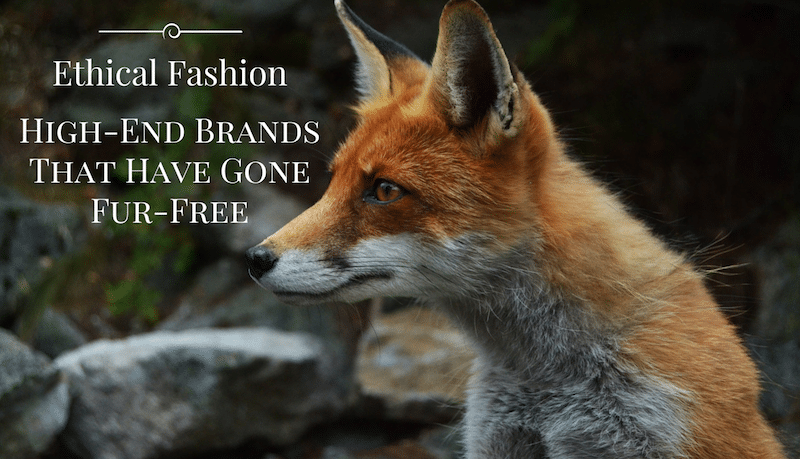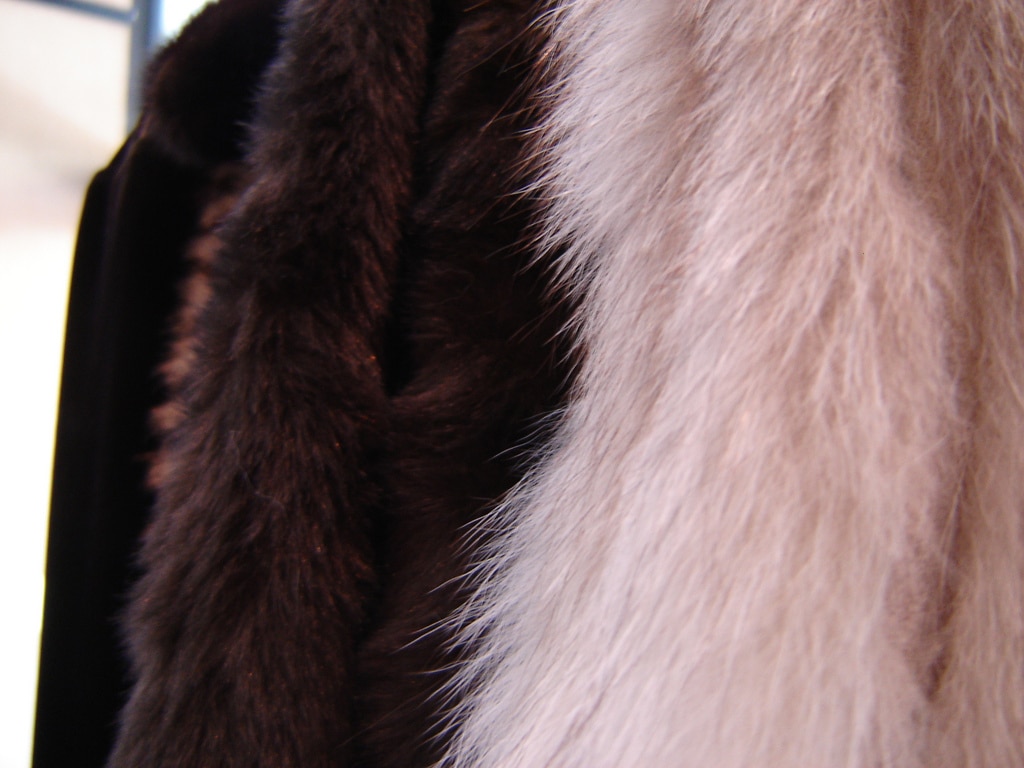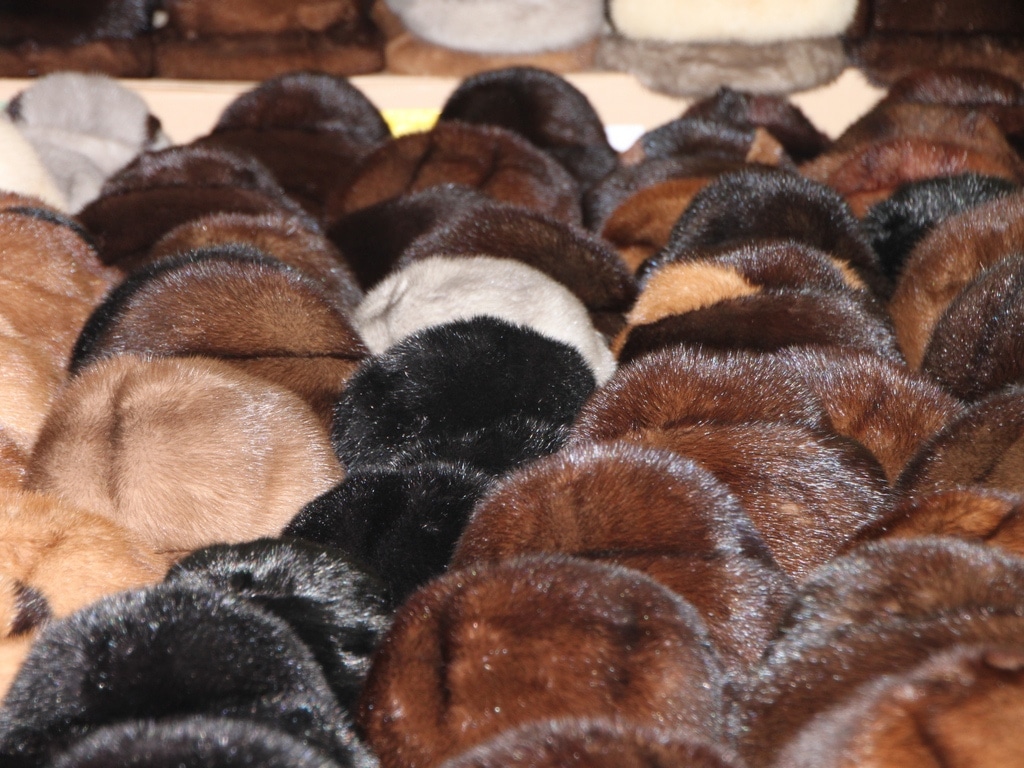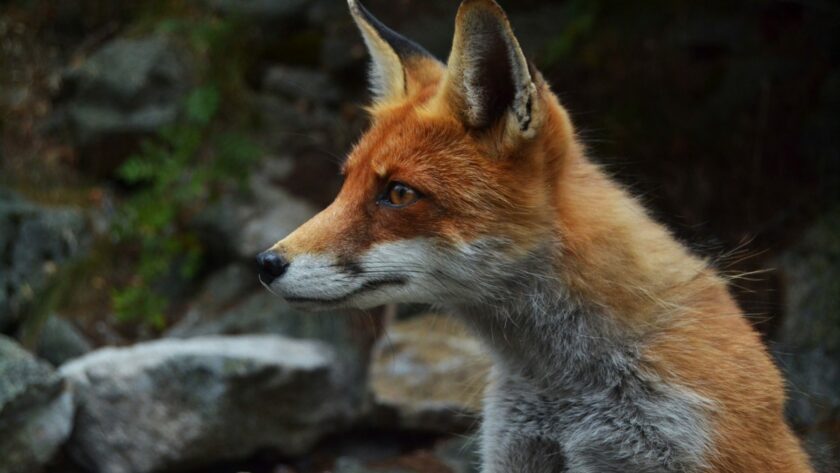
By Daniela Frendo, Epicure & Culture Contributor
Each year, one billion rabbits, 50 million minks and 4 million foxes are bred and killed for their fur. Animals in fur factory farms often turn to self-harm, cannibalism and other forms of stress-related behaviors as a result of small, crowded cages. To preserve the pelts, fur farmers use inhumane killing methods, including gassing and electrocution. Meanwhile, animals trapped in the wild are subjected to dehydration, starvation and a slow, agonizing death. All of this takes place in the name of fashion.
Numerous countries introduced fur bans in recent years, including the UK, the Netherlands and Austria. Despite this, the fur industry still makes over $40 billion in annual sales. In many parts of the world, fur remains a popular luxury textile and a symbol of social status. In fact, 73% of designers who took part in fashion shows in New York, London, Milan and Paris used fur in their collections for fall 2015.
But as opposition to the fur industry becomes more widespread, an increasing number of fashion designers and retailers are adopting fur-free policies and responding to growing demands for ethical fashion.
Here’s why some of the most famous luxury brands have gone fur-free, and how this trend is shaping the future of high-end fashion.

Finding Innovative Alternatives To Real Animal Fur
In March, renowned luxury brand Armani announced that it would be abolishing the use of animal fur in its collections. In his statement, designer Giorgio Armani emphasized the fact that technological advancements offer viable alternatives to real fur. For this reason, killing animals for the sake of fashion is unnecessary. Armani’s decision was welcomed by animal welfare groups worldwide, including Born Free USA, a member of The Fur Free Alliance, and the leading animal rights organization PETA, who have long campaigned against the ruthless fur trade. This puts Armani on par with other fur-free luxury brands, including Hugo Boss, Calvin Klein, Ralph Lauren and Tommy Hilfiger.
Last year, leading fashion designer and animal-rights activist Stella McCartney introduced her brand’s alternative to real animal fur. Labelled ‘Fur Free Fur’, the designer’s long-haired coats, which launched at Paris Fashion Week, are entirely modacrylic; a type of synthetic fiber that closely resembles real fur in appearance and texture.
A pioneer in ethical and sustainable fashion, McCartney has made it her goal to use eco-friendly and recyclable materials when possible, while ensuring that her products are 100% cruelty-free. In recent years, other high-end designers have followed in her wake. London-based designer Hannah Weiland has been using innovative and colorful faux fur to produce quirky designs for her brand, Shrimps. Weiland’s highly-acclaimed products are proof that faux fur is not inferior to the quality and luxury of real fur.

The Future Of Fur In Fashion
The quality of faux fur has improved dramatically over the last few years. Therefore, faux fur is no longer regarded as a cheap alternative to the real thing. Instead, wearing faux fur has become a fashion statement; as both buyers and designers are turning to synthetic fur to protest against animal cruelty. A 2011 poll by the RSPCA revealed that 95% of British women would never wear items made from real fur. At the same time, animal fur is losing its appeal among luxury buyers as anti-fur activist groups continue to expose the horrors of the fur industry. 86% of fashion designers involved in the London Fashion Week didn’t use fur in their autumn/winter collections.
In recent years, stricter regulations on the fur industry have come into force in the United States and in Europe. Meanwhile, growing public support and celebrity endorsements for fur-free products are helping animal rights activists step up their campaigns against the fur industry, particularly in countries where restrictions on the trade are almost non-existent. The Free Fur Alliance has recently teamed up with ACTAsia, an organization that promotes sustainable environments and animal welfare in Asian countries, to help raise awareness on the millions of stray dogs and cats that are slaughtered in China every year for the production of cheap fur.
China remains the world’s leading producer and exporter of fur. Quite often, fur from stray or stolen cats and dogs is deliberately mislabeled as fur from other animals. then sold illegally to unsuspecting clients in Western countries.
Now you want to see which of your favorite brands have pledged to go 100% fur-free. Here’s a full, updated list of certified, fur-free retailers, designers and brands.
Recommended:
A Sense Of Belonging: The Media’s Impact On Refugees [Blog Advice]
Clever Travel Companion Pickpocket-Proof Garments [Travel Safety]
Vagabonding: An Uncommon Guide to the Art of Long-Term World Travel by Rolf Potts [Great Reads]
Latest posts by Daniela Frendo (see all)
- 10 Best Zero Waste Makeup Brands + Product Recommendations For Travelers - Nov 30, 2020
- 5 Not-To-Miss Scenic Scotland Hiking Trails - Nov 5, 2019
- Responsible Morocco: Supporting The Women Who Give Us Argan Oil - Jan 9, 2019
- Greenwashing: What It Is & How To Avoid It - Dec 9, 2018
- Exploring Mezcal & Mushrooms In The Land Of The Zapotec - Aug 21, 2017





